County: Hempstead
Fulton (Hempstead County)
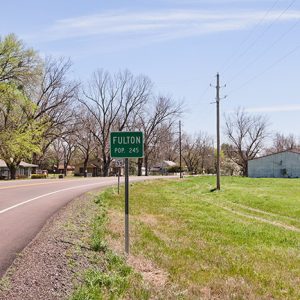 Fulton
Fulton
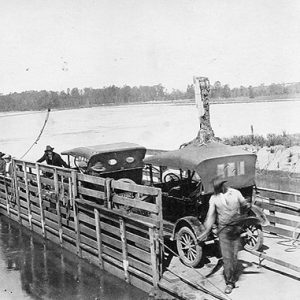 Fulton Ferry
Fulton Ferry
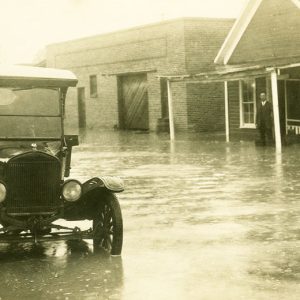 Fulton 1927 Flood
Fulton 1927 Flood
 Fulton Bridge
Fulton Bridge
 Fulton Bridge
Fulton Bridge
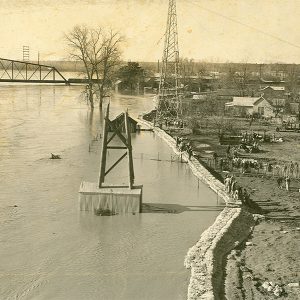 Fulton Flood
Fulton Flood
 Fulton Levee
Fulton Levee
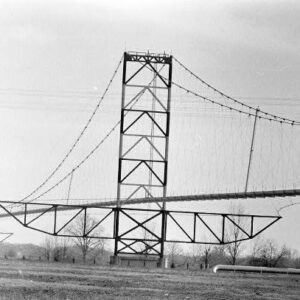 Fulton Pipeline
Fulton Pipeline
Gantt, Edward W.
 Edward Gantt
Edward Gantt
Garland, Rufus King
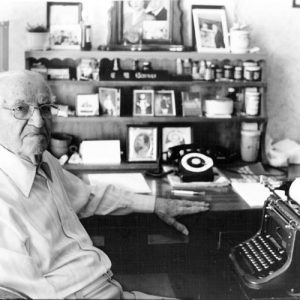 Claud Garner
Claud Garner
Garner, Claud Wilton
 Giant Watermelon
Giant Watermelon
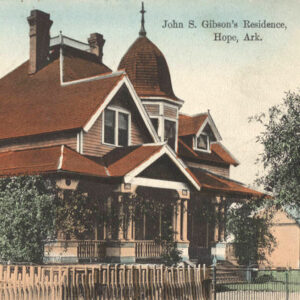 Gibson Residence
Gibson Residence
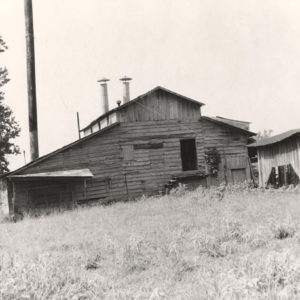 Goodlet Cotton Gin
Goodlet Cotton Gin
Goodlett Gin
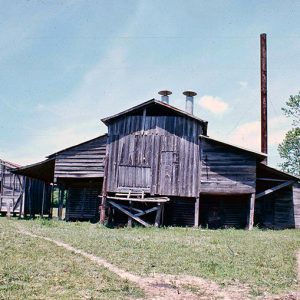 Goodlett Gin
Goodlett Gin
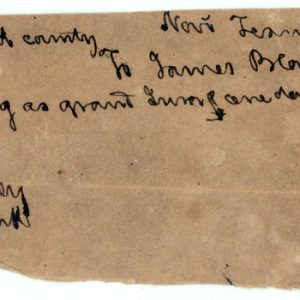 Grand Jury Receipt
Grand Jury Receipt
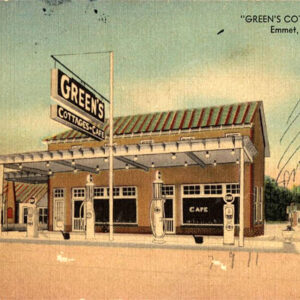 Green's Cottages and Cafe
Green's Cottages and Cafe
 James H. Gunter
James H. Gunter
Gunter, James Houston (Jim), Jr.
Harris, Oren
Haygood Seminary
Hempstead County
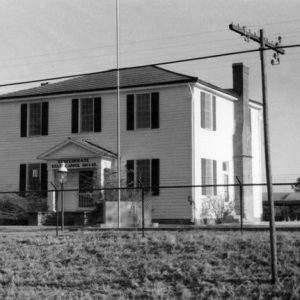 Hempstead County Courthouse
Hempstead County Courthouse
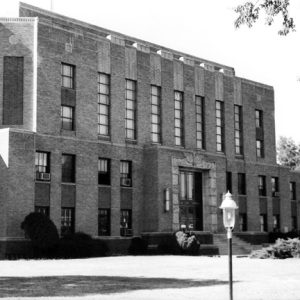 Hempstead County Courthouse
Hempstead County Courthouse
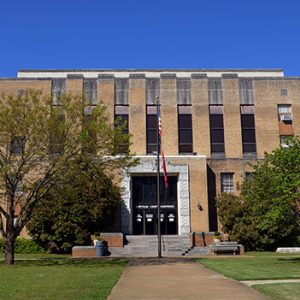 Hempstead County Courthouse
Hempstead County Courthouse
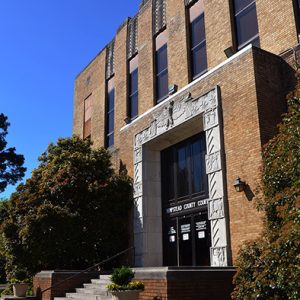 Hempstead County Courthouse Entrance
Hempstead County Courthouse Entrance
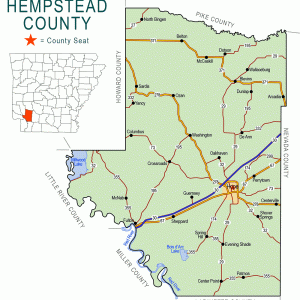 Hempstead County Map
Hempstead County Map
Henry’s Chapel
 Henry's Chapel Marker
Henry's Chapel Marker
Historic Washington Foundation
aka: Pioneer Washington Restoration Foundation
Historic Washington State Park
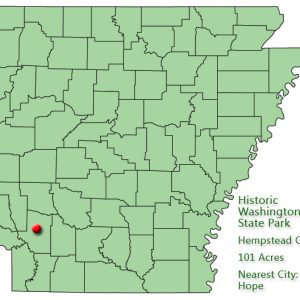 Historic Washington State Park: Park Location
Historic Washington State Park: Park Location
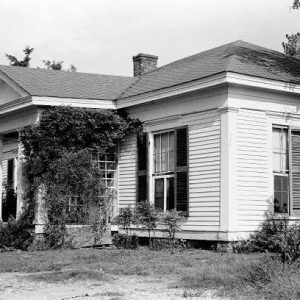 Historic Washington State Park
Historic Washington State Park
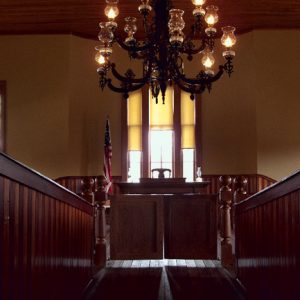 Historic Washington State Park Courthouse
Historic Washington State Park Courthouse
Hoover, Dorothy M.
aka: Dorothy Estheryne McFadden Clarke Hoover
Hope (Hempstead County)
Hope Girl Scout Little House
 Hope Girl Scout Little House
Hope Girl Scout Little House
 Hope Girl Scout Little House
Hope Girl Scout Little House
 Hope Savings Bank & Trust
Hope Savings Bank & Trust
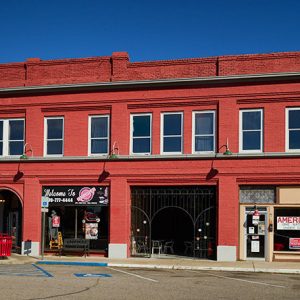 Hope Street Scene
Hope Street Scene
 Hope Street Scene
Hope Street Scene
 Hope Utilities
Hope Utilities
Hope Watermelon Festival
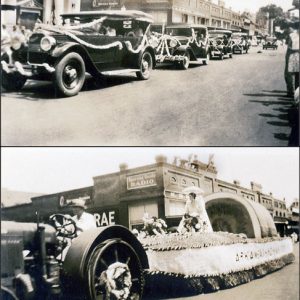 Hope Watermelon Festival
Hope Watermelon Festival




